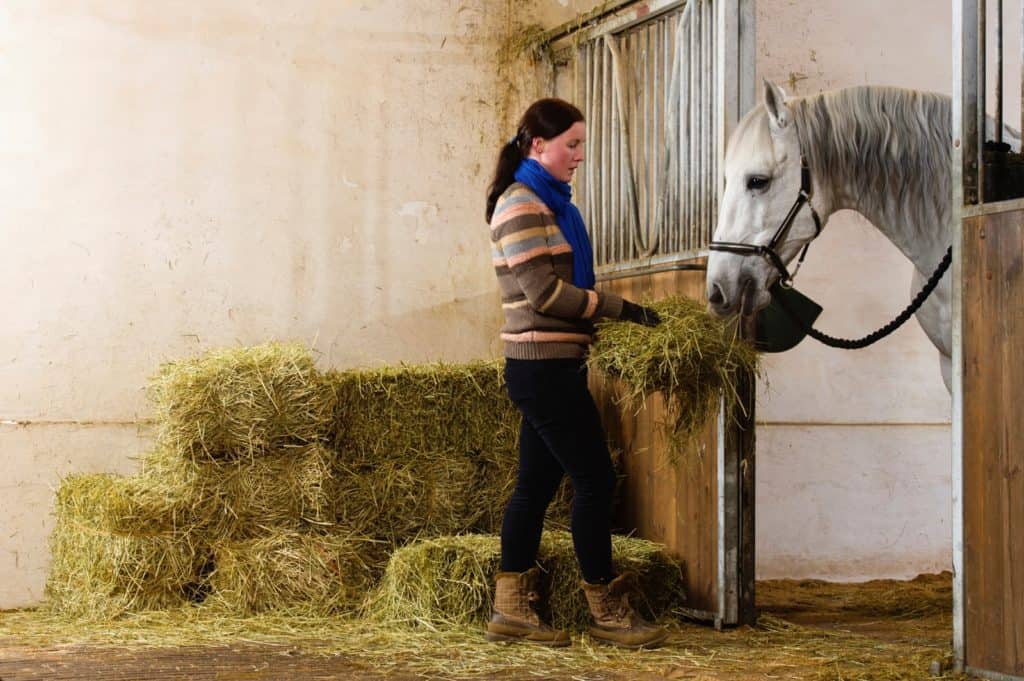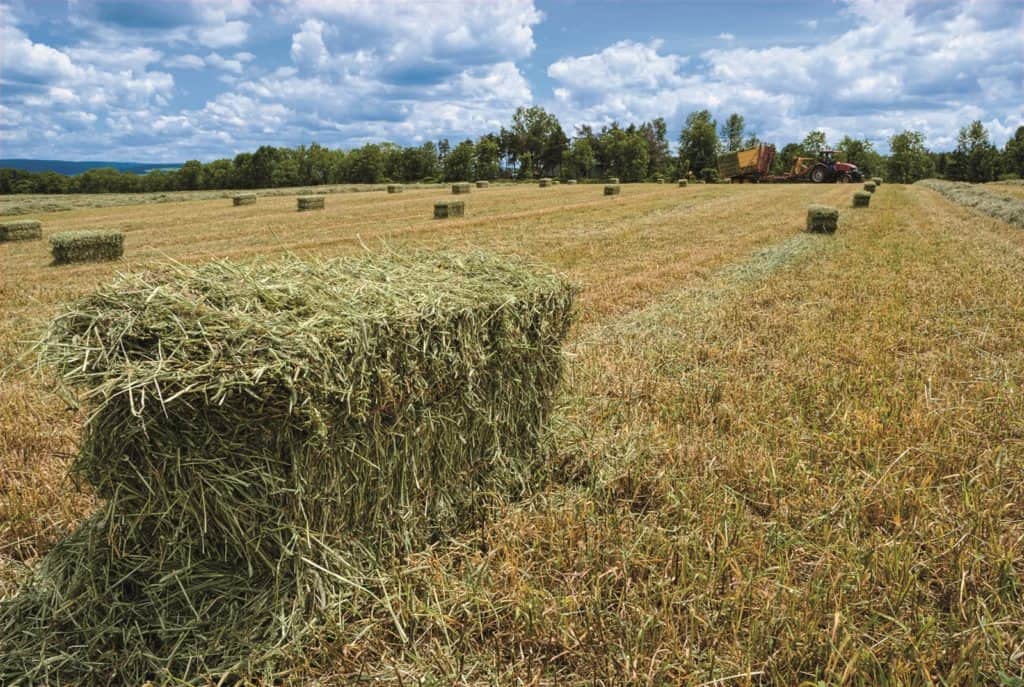
N.C. Officials Stop Sale of Potentially Contaminated Alfalfa
Five horses that ate the alfalfa hay, which contained blister beetles, have died.

Five horses that ate the alfalfa hay, which contained blister beetles, have died.

Care for horses under the age of 4 with their future health and performance in mind.

Here’s what you need to know about this important forage in your horse’s diet.

Basing a horse’s diet on forage allows him to function as evolution and nature intended. Here’s where to start.

Prince’s research could ultimately help owners better manage horses that require low- or high-carbohydrate diets.

Lecture topics will include forage types, efficient forage use, hay production and quality, and more.

Obesity is not just a cosmetic issue. It’s a health issue. Learn how to modify your horse’s diet to help him slim down.

Still, the researchers found that spontaneous recovery is possible following trichothecene intoxication in horses.

Owner-managed weight loss in horses with EMS reduced both insulin resistance and susceptibility to laminitis.

Researchers found that 59.2% of horses aged 11 to 15 had hooks, 30.8% had wave mouth, and 26.7% had periodontal pockets.

Fumonisins are dangerous mycotoxins sometimes found in feed. Here’s what to watch for and how to protect your horse.

Feeding a balanced diet and ensuring nutrient replacement after exercise are imperative to keep horses performing well.

Slobbers often results from horses ingesting a compound (slaframine) produced by a fungus on legumes such as clover.
The symposium featured research on equine nutrition, exercise physiology, reproduction, management, and more.

Alayne Blickle, with Horses for Clean Water, tells you how to protect your horses by storing hay at a safe distance.

Ulcers were more prevalent in domestic horses than feral ones, but the latter group wasn’t immune to these lesions.
Stay on top of the most recent Horse Health news with
"*" indicates required fields